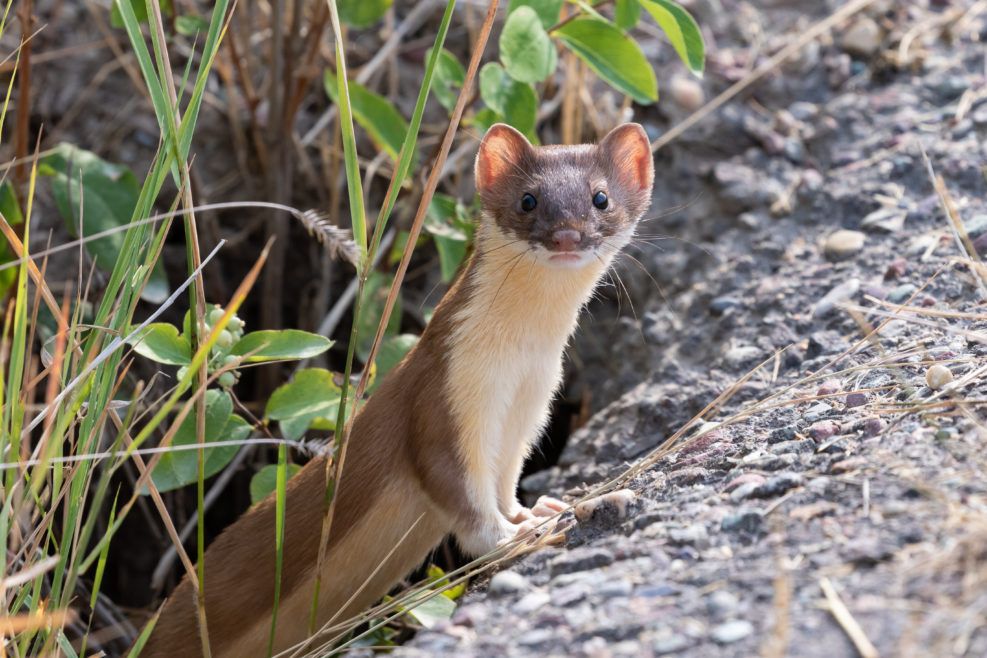
Dawkins’ Weasel Program vs the Information Life Acquires En Route
To demonstrate what is wrong with fully naturalist assumptions like those of Richard Dawkins’ Weasel program, I developed Weasel Libs, modeled on Mad LibsIn his famous Weasel program zoologist and philosopher Richard Dawkins shows that the simple combination of random mutation and natural selection (Darwinian evolution) can produce the English sentence, “Methinks it is like a weasel”, in a short time period. The point of his program is to demonstrate that evolution can generate the complex, pre-specified DNA sequences we find in biology before the heat death of the universe. His argument sounds persuasive because both English sentences and DNA sequences are made up of symbols. Both can be randomly modified anywhere, and by cumulative selection, they can plausibly adapt to the environment in reasonably short order. Writers in English can learn to pen best-selling novels through trial and error and audience feedback. Read More ›
